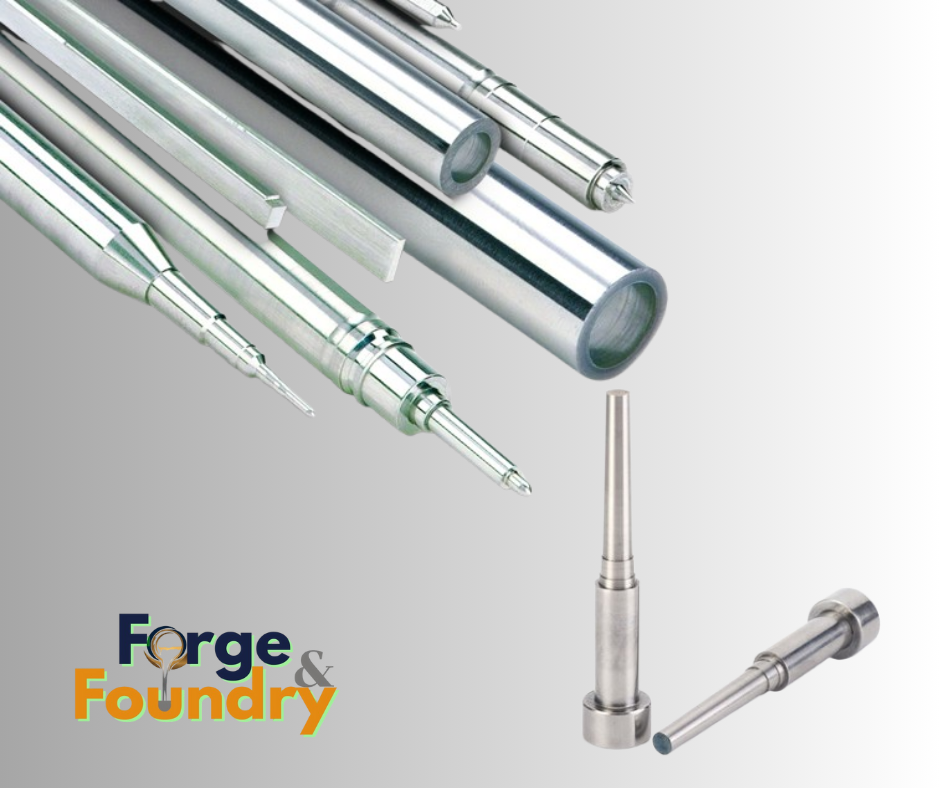
Core pins are indispensable components in the die casting industry, playing a crucial role in forming internal features, holes, and complex geometries within cast parts. In the high-pressure, high-temperature environment of die casting, these pins must exhibit exceptional strength, wear resistance, and thermal stability. Typically manufactured from specialized tool steels like H13 or premium grades with enhanced properties, core pins are precisely machined to withstand repetitive thermal shock and abrasive molten metal flow. Their design often incorporates features such as tapers, reliefs, and vents to facilitate metal flow, prevent air entrapment, and ensure accurate part formation. The longevity and performance of core pins directly impact the quality, dimensional accuracy, and cost-effectiveness of the final die-cast product, making their selection and maintenance a critical aspect of efficient die casting operations.
The integrity and performance of core pins are paramount for achieving high-quality die castings and optimizing production cycles. Degradation of core pins due to erosion, thermal fatigue, or mechanical wear can lead to various defects, including flash, porosity, or dimensional inaccuracies, ultimately increasing scrap rates and production costs. Therefore, careful consideration is given to the material selection, heat treatment, and surface coatings of core pins to enhance their durability and extend their service life. Advanced coatings, such as PVD or CVD, can further improve wear resistance and reduce friction, contributing to smoother ejection and minimizing pin breakage. Regular inspection, maintenance, and timely replacement of worn-out core pins are essential practices within die casting facilities to ensure consistent part quality, maximize operational efficiency, and reduce overall tooling expenses.
| Benefit/Advantage | Description |
|---|---|
| Improved Part Quality | Core pins help create precise internal features, holes, and complex geometries in molded or cast parts, leading to higher dimensional accuracy and better surface finish. |
| Enhanced Design Flexibility | They enable the creation of intricate designs that would be difficult or impossible to achieve with conventional manufacturing methods, expanding design possibilities. |
| Reduced Material Waste | By creating hollow sections or precise internal channels, core pins can significantly reduce the amount of material required for a part, leading to cost savings and lighter components. |
| Faster Cycle Times | For certain applications (like injection molding), core pins can facilitate quicker cooling of internal features, potentially reducing overall cycle times and increasing production efficiency. |
| Increased Tooling Longevity | Properly designed and maintained core pins can reduce wear and tear on other tooling components, extending the lifespan of molds or dies. |
| Cost-Effectiveness in Mass Production | While initial tooling costs might be higher, the ability of core pins to produce complex parts efficiently and with less material makes them highly cost-effective for high-volume manufacturing. |
| Improved Functionality of Parts | They allow for the integration of features like cooling channels, electrical conduits, or weight reduction pockets, which can enhance the overall functionality and performance of the final product. |